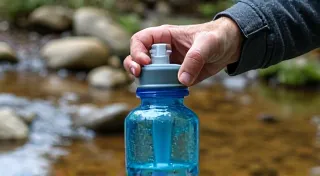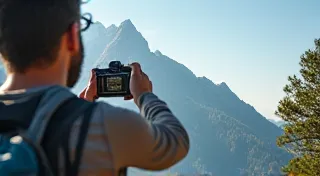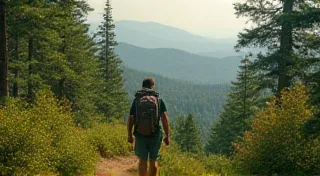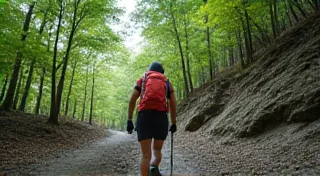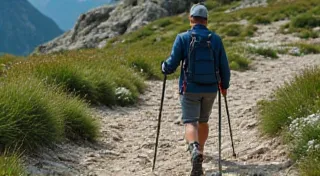As hikers and backpackers, we are incredibly fortunate to experience the beauty and serenity of the outdoors. But with this privilege comes a responsibility – to protect the very environments we love. Practicing Leave No Trace (LNT) principles isn’t just a suggestion; it’s a crucial part of ensuring these spaces remain pristine for generations to come. This article delves into the core tenets of LNT and provides practical tips on how you can minimize your impact on the trail.
Leave No Trace is a framework of ethical guidelines designed to reduce human impact on natural environments. It's about acting responsibly and consciously while enjoying outdoor recreation. The seven principles of Leave No Trace provide a clear roadmap for doing so. Let’s explore each one.
Proper planning is the foundation of responsible hiking. Before you even hit the trail, consider:
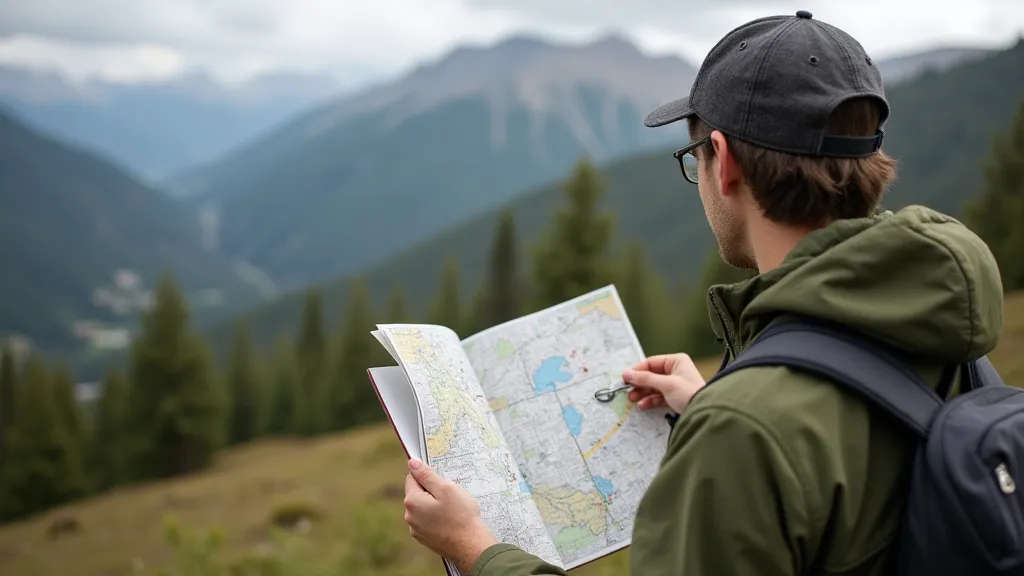
Vegetation is fragile. Trampling on plants can damage ecosystems and contribute to erosion. Stick to established trails and campsites whenever possible. If you must venture off-trail, choose durable surfaces like rock, gravel, or dry grasses. In areas with sparse vegetation, walk single file. Understanding the route you're taking, and the impact your travel might have, are part of a responsible approach to outdoor recreation.
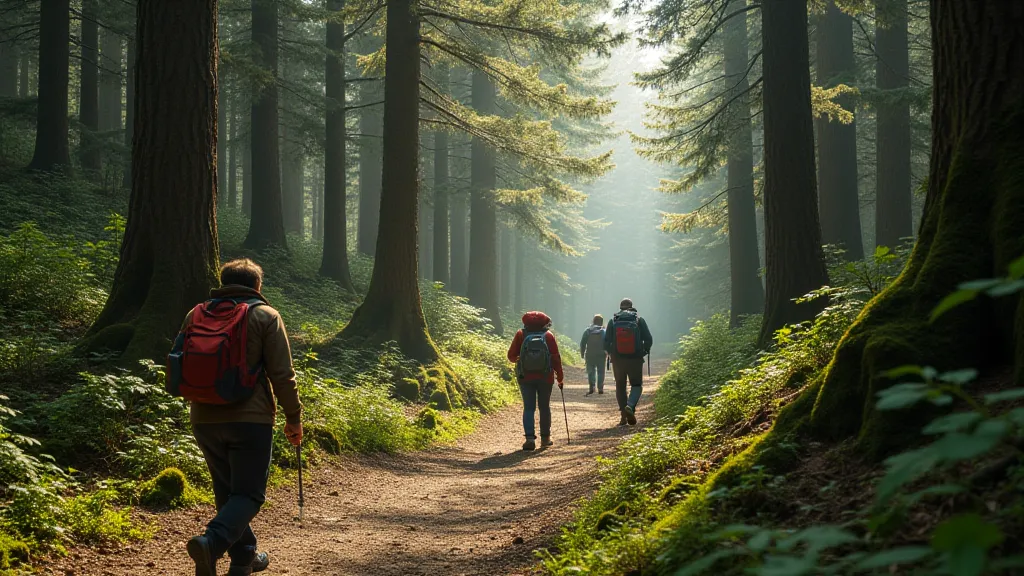
Pack it in, pack it out. This applies to everything you bring onto the trail – food wrappers, fruit peels, toilet paper. Human waste also needs proper disposal. Bury solid human waste in a cathole 6-8 inches deep, at least 200 feet from water sources, trails, and campsites. Pack out toilet paper. Use biodegradable soap and wash at least 200 feet from water sources. Consider the echoes of past adventurers – the marks they’ve left on the landscape – and strive to leave no trace of your own, contributing to the stories of these places for future generations. Sometimes, those stories are not so bright, and understanding this motivates us to be better stewards.
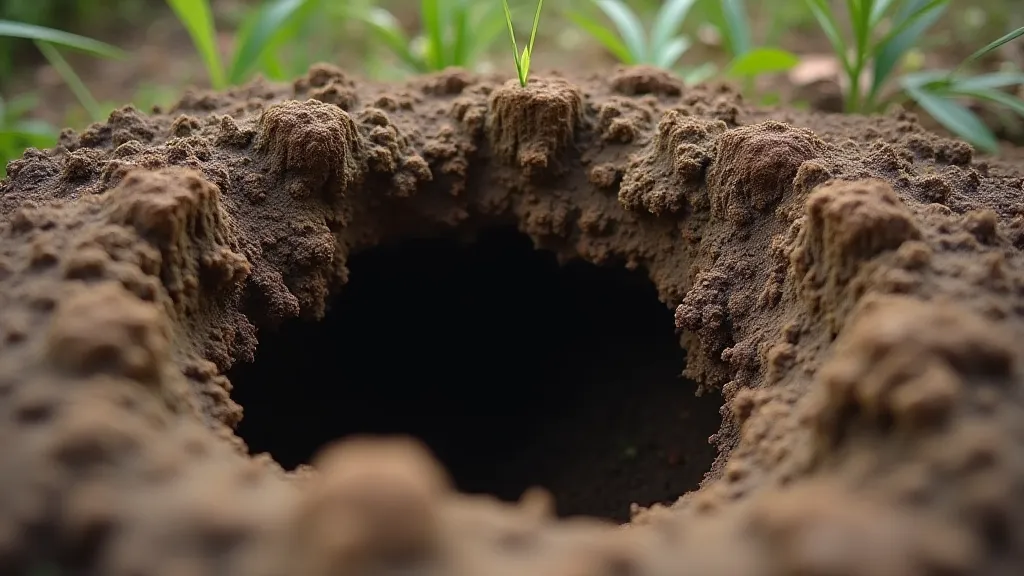
Resist the urge to collect souvenirs. Leave rocks, plants, and other natural objects as you find them. This preserves the natural beauty of the area for everyone to enjoy. Do not disturb historical or archaeological artifacts. Avoid carving into trees or rocks. The allure of the wilderness can be strong, and sometimes the desire to take a piece of it home is even stronger. However, remembering that these landscapes have shaped not only our physical paths but also our inner narratives – the personal stories we weave from our experiences – is paramount. Exploring the the cartographer's echo can help appreciate the profound connection between nature and self. Allowing those natural artifacts to remain where they belong contributes to their power and authenticity.
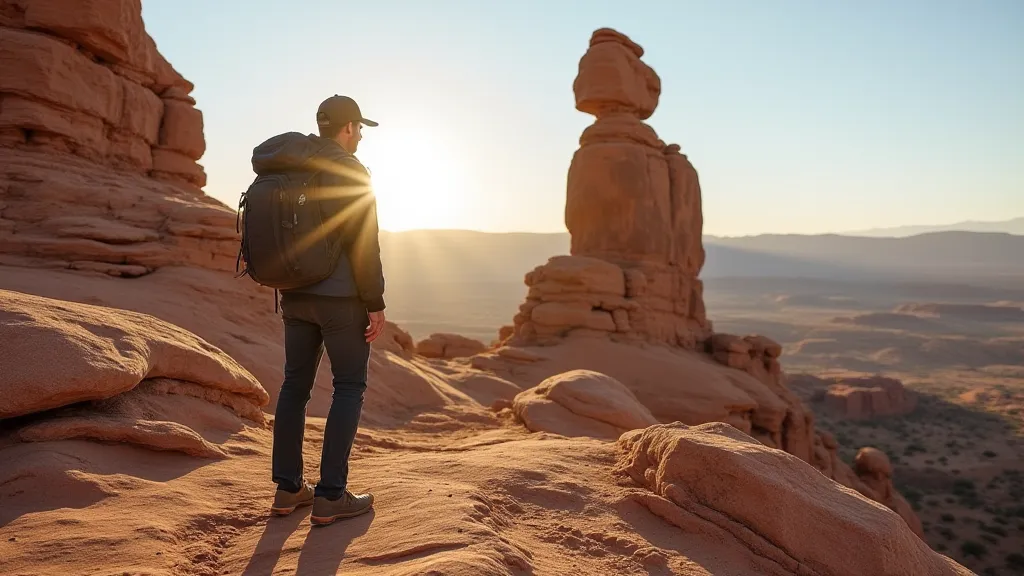
Campfires can have a significant impact on the environment. Check for fire restrictions before you go. Use established fire rings or fire pans. Keep fires small and contained. Burn only dead and down wood. Make sure the fire is completely extinguished before leaving – drench it with water, stir the ashes, and feel for heat. Thinking about the lasting marks we leave on the land is a central theme in considering our experiences in the wilderness. The objects we carry with us, the gear that has borne witness to our adventures, each carries a silent testament to our journey – a "gear as ghost," if you will. This concept extends to the impact of campfires; even a seemingly small fire can leave a significant, long-lasting impression.
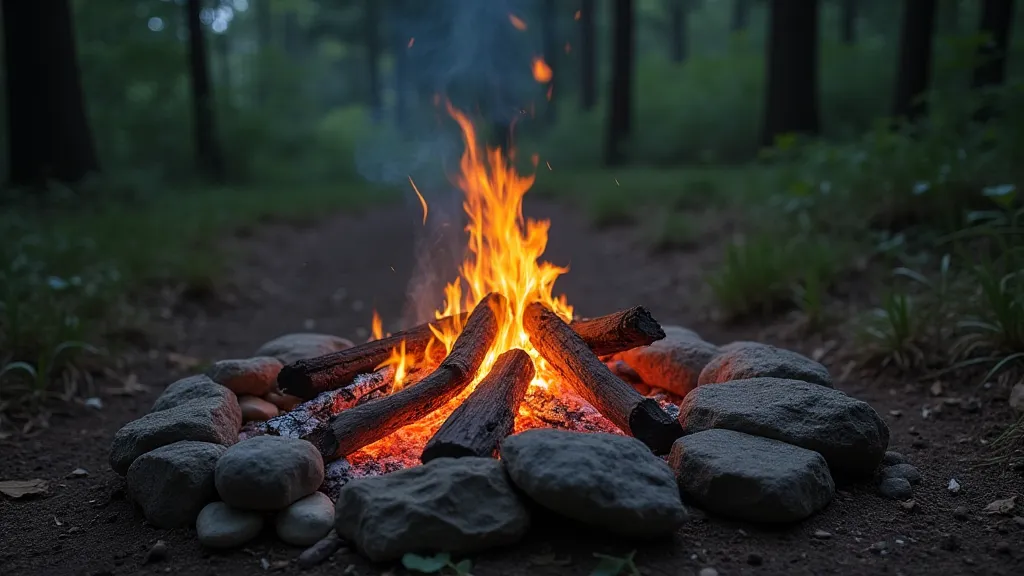
Observe wildlife from a distance. Do not feed animals – this disrupts their natural behaviors and can make them dependent on humans. Store food properly to prevent attracting animals to your campsite. Keep pets under control and clean up after them. Be aware of potential hazards like bears, mountain lions, or snakes. Protecting these creatures and their habitats requires a mindful approach, one that recognizes the profound interconnectedness of all living things. Reflecting on the stories of those who have walked these trails before – the gear as ghost – helps us appreciate the importance of preserving these natural environments for generations to come. These items often serve as reminders of adventures past and the fragility of the landscapes they represent.
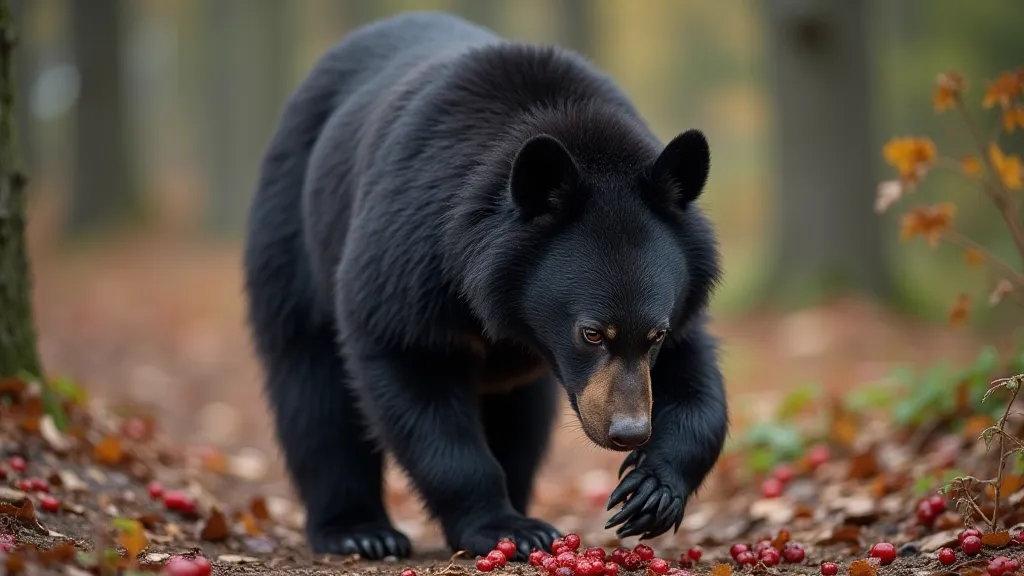
Share the trail and be mindful of other hikers. Keep noise levels down. Yield to uphill hikers. Step aside to let others pass. Be courteous and respectful of everyone’s enjoyment of the outdoors. Sharing the trail isn't just about physical space; it's about sharing the experience, the feeling of connection to the natural world. When choosing a trail, consider not just its beauty but also its accessibility and the potential impact on the surrounding environment. Many incredible options exist, particularly in stunning regions like Washington State; checking out a guide to the best hiking trails in Washington State can help you find a path that minimizes your impact and maximizes your enjoyment.
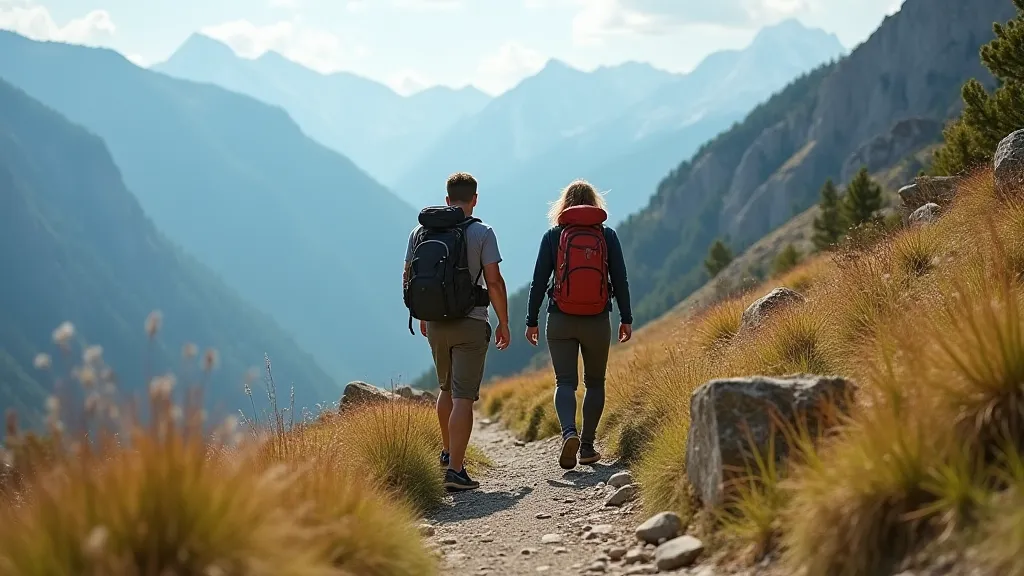
Adopting Leave No Trace principles isn't just about following rules; it's about cultivating a deeper connection with nature and a sense of responsibility for its preservation. It's about recognizing that we are not separate from the environment but an integral part of it. By consciously applying these guidelines, we can all contribute to ensuring that our trails and wilderness areas remain pristine for future generations of hikers and outdoor enthusiasts. The weight of our actions extends beyond the immediate moment; they ripple through time, shaping the experiences of those who follow. Considering this responsibility – recognizing the lasting impact of our presence – is crucial for maintaining the beauty and integrity of these landscapes. The story of a place is constantly being written, and we are all authors in this ongoing narrative. Leaving no trace isn't merely about cleanliness; it's about ensuring that future chapters are filled with wonder and beauty. The memory of a hike can be a powerful motivator; remembering the feeling of pristine wilderness can inspire us to continue practicing Leave No Trace principles. It encourages a sense of stewardship – an understanding that we are caretakers of these natural spaces. This sense of responsibility extends beyond our own experiences; it's about ensuring that others can enjoy the same sense of awe and connection for generations to come. The act of packing out every piece of trash, of staying on established trails, of minimizing our impact, becomes an act of generosity – a gift to the future. It's a reminder that we are all connected – that the well-being of the environment is inextricably linked to our own. By embracing Leave No Trace principles, we not only protect the wilderness but also enrich our own lives, deepening our appreciation for the natural world and fostering a profound sense of belonging. It's about understanding that our presence leaves an imprint – that every step we take, every action we take, contributes to the story of a place. The goal is to ensure that the story is one of respect, sustainability, and enduring beauty. The pursuit of a pristine wilderness isn’t just about preserving landscapes; it’s about preserving a part of ourselves – our connection to the wild, our sense of wonder, and our responsibility to future generations. It’s about recognizing that the wilderness isn’t just a place to visit; it’s a part of who we are. And protecting it is not just a duty; it’s an act of love.
